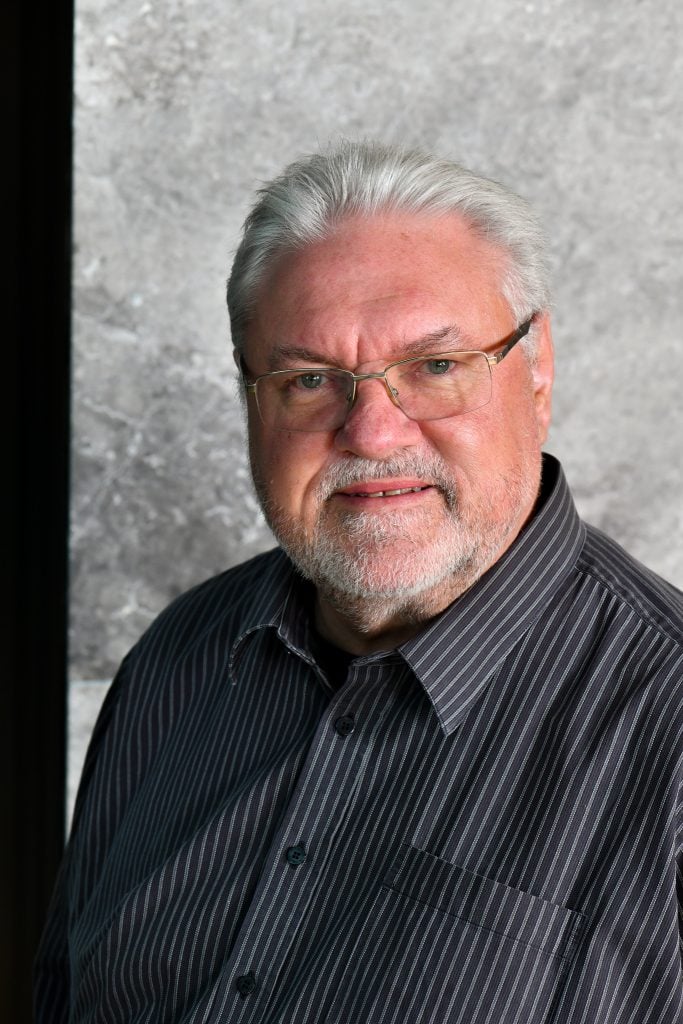CRADLE 2018 publications round-up – Part 1: Assessment
10 December 2018
As 2018 draws to a close, we asked the CRADLE team to look over their impressive list of publications for the year and pick some highlights for a special four-part publications round-up. Today – if you’re looking for new perspectives or some inspiration around assessment over the holiday season, read on! And if you’re looking for more ideas and food for thought, check out our full 2018 publications round-up!
Part 2: Research practice / Health professions education
Part 3: Evaluative judgement / Contract cheating
Part 4: Feedback
From ‘seeing through’ to ‘seeing with’: Assessment criteria and the myths of transparency ![]()
M. Bearman and R. Ajjawi (2018) Frontiers in Education, 96(3).
Transparent assessment criteria are illusory. What Twitter said: “Fantastic paper! … Learners and faculty embracing the ‘grey’ in assessment?”
Reframing assessment research: through a practice perspective
D. Boud, P. Dawson, M. Bearman, S. Bennett*, G. Joughin* and E. Molloy (2018) Studies in Higher Education, 43(7), pp. 1107-1118.
Historically, assessment has been thought of as measurement of student achievements, and more recently with an emphasis on judging student learning, but what if we look at it quite differently through the lens of a practice and explore it using practice theory? This paper provides the first example of what researching assessment might look like from this new point of view.
A framework for designing, implementing, communicating and researching peer assessment
C. Adachi, J. Tai and P. Dawson Higher Education Research and Development, 37(3), pp. 453-467.
This paper updates thinking about the design, implementation, communication, and research of peer assessment: our empirical testing of previously proposed frameworks revealed some important considerations which deserved their own category. We recently ran our first workshop using the framework, and participants found the structure very helpful for thinking about their own work. It’s great when there are both theoretical and practical outcomes to work!
Implementing summative assessment with a formative flavour: A case study in a large class
J. Broadbent†, E. Panadero* and D. Boud (2018) Assessment and Evaluation in Higher Education, 43(2), pp. 307-322.
Jaclyn Broadbent is a remarkable university teacher who has introduced multiple innovations in her large first year unit. This paper examines some of these assessment features and focuses on how high-quality feedback can be incorporated in an on-campus and off-campus unit, and how formative and summative assessment can sit well together.
Does the use of summative peer assessment in collaborative group work inhibit good judgement?
B. Sridharan†, J. Tai and D. Boud (2018) Higher Education, pp. 1-18.
This paper contributes to nuancing the arguments around the use of peer assessment. Yes, without training, peer assessment is not likely to be an accurate marker of student performance in group work; however, as a formative tool it is helpful. This suggests that we need to do more in supporting our students to use peer assessment.
*CRADLE Honorary Professor
†CRADLE Fellow













Pingback: CRADLE News: CRADLE 2018 publications round-up – Part 4: Feedback
Pingback: CRADLE News: CRADLE 2018 publications round-up – Part 3: Evaluative judgement / Contract cheating
Pingback: CRADLE News: CRADLE 2018 publications round-up – Part 2: Research practice / Health professions education